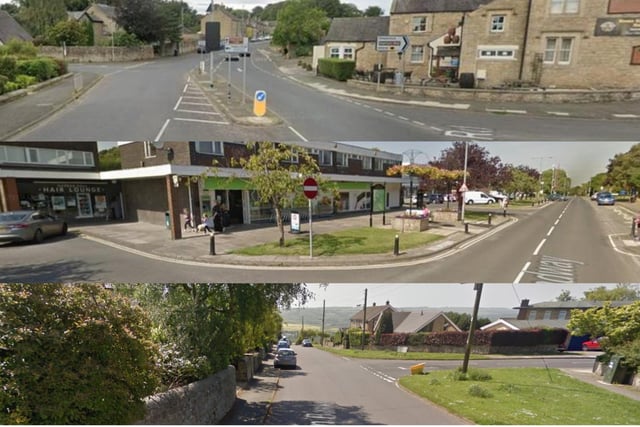As part of the 2021 census, households in England and Wales were classified in terms of four different "dimensions of deprivation”.
Households were considered to be deprived if they met one of the four following criteria:
- Employment: if any member of the household, who is not a full-time student, is either unemployed or long-term sick;
- Education: if no person in the household has at least five or more GCSE passes or equivalent and no-one aged 16 to 18 years is a full-time student;
- Health and disability: if anyone in the household is in bad or very bad health or is disabled;
- Housing: if the home is either overcrowded, in a shared dwelling or has no central heating.
Households were not considered to be deprived if they didn’t meet any of these criteria.
Across England, the council areas with the highest proportion of households that were not deprived included Elmbridge in Surrey (61.9%), Wokingham in Berkshire (61.5%) and Richmond upon Thames in London (61%).
Here are the areas of Northumberland with the most non-deprived households:

1. Longhorsley, Hepscott and Capheaton
Of the 4,043 households in this area, 63.8% were not deprived. Photo: Google

2. Morpeth South and West
Of the 2,859 households in this area, 61.4% were not deprived. Photo: Google

3. Darras Hall, Stamford and Heddon
Of the 3,133 households in this area, 60.4% were not deprived. Photo: Google


